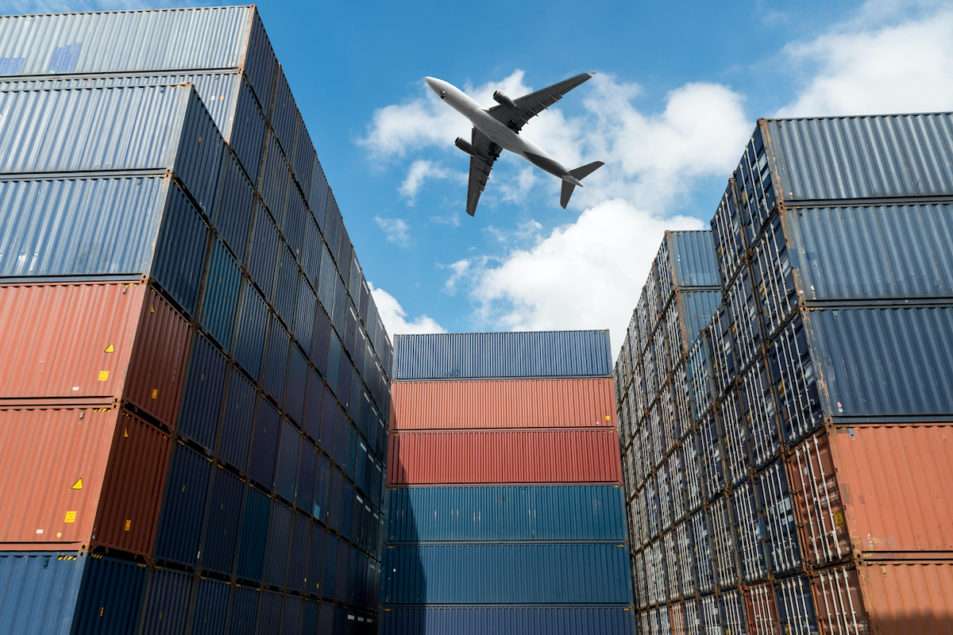
Though peak season is already underway, experts are worried that they will not see an increase in shipment volumes this year. In fact, MTM Logix, a supply chain research and visibility firm, believes that 2023’s freight volumes will be quite similar to the levels seen before the start of the pandemic, with a few notable differences.
Mario Veraldo, chief executive officer of MTM Logix, explains that there was a small increase in freight shipping volumes in 2019, which led to the “normalization” of the world’s peak season, as he describes it. Now that the impact of the COVID-19 pandemic has lessened, we can once again see a return to “normalization.”
“We haven’t really seen that during the pandemic,” he says. “Now, we are going back to that model, where we see an uptick that continues into October, a slight drop in November, a big boost in December and then a rush again in January because of China.”
Veraldo adds that the first half of 2024 will be almost completely aligned with historical shipping volumes.
“If you look at the historical distribution curve of shipping year-over-year from 2005 to 2019, you can pretty much predict how the monthly distribution curve will look for 2024,” he says.
Veraldo highlights two trends that will contribute to changes that can be expected for the 2023 peak season.
Massive investments in the shipping sector will lead to increased shipping capacity in 2023 when compared to 2019. Because these transportation-related purchases were made during the pandemic, companies now realize their fleets are too large for global demand levels.
“They’re saying there are too many shipping vessels for the compounded annual growth rate that we expect,” he says. “While there is too much capacity, you may risk that you won’t see that expected linear growth in freight rates.”
The other factor that will impact long-term peak season shipping volumes will be the product throughput out of China. Previously, China was sending products to everybody around the globe, but that is beginning to change, Veraldo explains.
“If you look at Asian, European and trans-Pacific trade, those are the routes dictating peak season inflection points and shipping volumes,” he says. “I think they account for 60% of everything that moves.”
Veraldo explains that Golden Week, a weeklong holiday in China that runs from October 1 to October 7, leads to a significant increase in shipping volumes. Then, after the New Year, Chinese New Year causes companies to rush products out so that they are not too heavily impacted by the festivities, he says.
This year, though, Veraldo says China’s impact on global trade will decrease year-on-year as the U.S. and Europe search for other trade and manufacturing partners. He predicts that more production will move closer to the world’s largest consumer areas over the next five to eight years.
Veraldo also mentions interest rates as a factor that will impact 2023’s peak season. “With interest rates where they are today, we should see a very quick macroeconomic slowdown, but we’re not seeing that,” he says. “Increased interest rates make everything bought on credit more expensive. So we foresee, next year, a reduction in consumption where credit is required to make a purchase.”
Veraldo thinks this will have a negative effect on peak season. However, the intensity of the impact on peak season will depend on how high interest rates climb.
“The minute you get the first decrease in interest rates, I think the world is going to celebrate like the end of Star Wars III,” he says. “That might trigger an uptick [in spending]. Right now, everybody is planning for a little less [spending] and hoping for a little more.”
Veraldo says that if these high interest rates hold, then we can expect a less prominent peak season in 2024. However, a decrease in interest rates could lead to inventory replenishment, which could even change the time when peak season takes place in 2024.
Companies must use this time to clear out and clean up their backlogged inventory, Veraldo warns. If businesses fail to get rid of their supplies, they won’t be able to survive, because they will be forced to refinance all their debt at much higher interest rates.
“Peak season will happen because there is more capital disbursement during the latter part of the year,” he says. “We will see more capital going into purchasing something. But that doesn’t mean you need to have that something in your warehouse in July for December 25. The perfect balance is to have that merchandise sitting there for one day more than we need, and then it’s out.”
Veraldo says that 2023 will be the beginning of a new era for peak seasons because the math around maintaining inventories and when peak season actually takes place will change.
“Perhaps we will see peak season happening in November now,” he says. “But you need to make sure the entire system is ready for that potential change.”
Source: https://www.supplychainbrain.com/articles/38292-how-will-2023s-peak-season-compare-to-others


